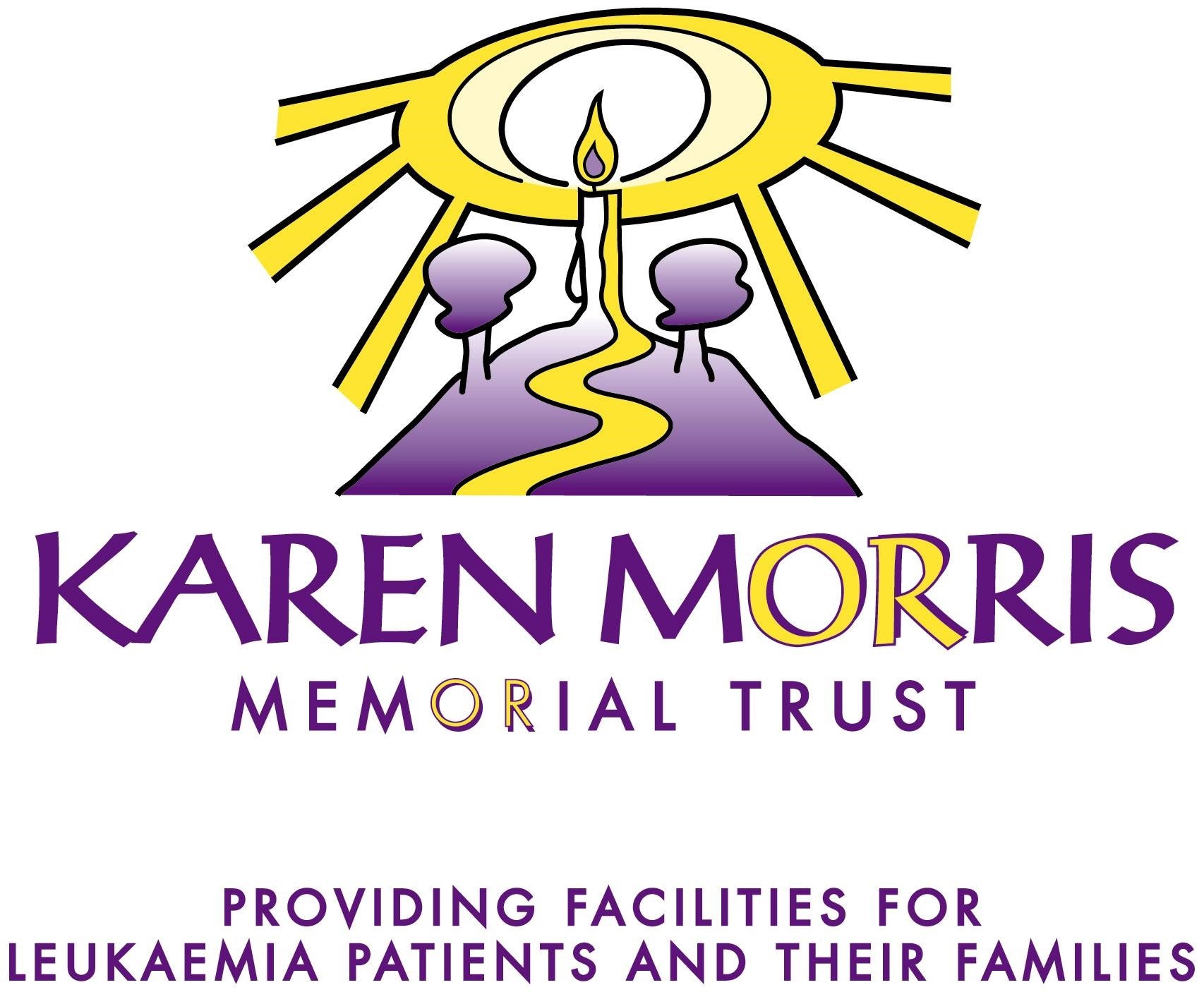
Easing the emotional and financial burden of leukaemia
The Karen Morris Memorial Trust (KMMT), which I chair, continues the fundraising initiative of my daughter who passed away in September 1998, 53 weeks after being diagnosed with chronic myeloid leukaemia. Today, KMMT provides essential, comfortable accommodation for leukaemia patients and their families within hospitals where treatment takes place, easing the emotional and financial burden during a challenging time. Our work ensures that families can stay together, offering a home-away-from-home when it’s needed most.

“I slept on the floor”
Alison’s husband was diagnosed with leukaemia. What she wrote to me demonstrates the importance of more than just medical care following a diagnosis, and how much Karen’s Homes are appreciated by patients and their loved ones:
"My husband was suddenly and unexpectedly diagnosed with acute lymphoblastic leukaemia. We thought he had 'flu. The locum sent us straight to our local hospital. I left him there while I drove to his 86 year old parents to tell them not to panic, that he's just being kept in overnight because he's dehydrated. He sent me a text asking me to come back to the ward. I was told the news by a consultant leaning nervously against the wall, gazing at his shoes because he couldn't meet my eyes.
They got Tony admitted to Addenbrooke’s. His new consultant told me about the hospital’s Karen’s Home, but they couldn't get me a room. I slept on the floor, stayed a night with a friend, and then drove back and forth from home.
One day, Nikki managed to get me a Karen Morris home. When she showed me I nearly cried. A proper bed with proper sheets, a duvet and a bath. I began to sleep much better and I could wash Tony's clothes overnight. My mother came and stayed in the other bed, and cooked Tony’s favourite food.
The consultant told Tony he was probably going to die. He convinced Tony to stay in hospital another few days to see if his body recovered from the chemo by itself. Tony wanted to walk down our garden path one last time: the fluid retention meant he couldn't walk. He also wanted to finish writing a play about his experience of cancer.
I slept by Tony's bed. I left each morning for a shower a change of clothes at the flat, then went back to be by his side. My mum brought us both home-cooked meals from the flat.
After seven days, on my 40th birthday, they said he could come home for a while. Tony always said that my mother and I saved him. We couldn’t have done it without Karen’s Home.
Tony had three more chemo cycles. Each time, he asked if there was a Karen Morris room for me. I brought him in a wheelchair to the flat every morning. He lay on the sofa while I cooked. In the evenings, we lay on the bed and watched TV or DVDs. Friends visited whenever they could, staying as long as they wanted.
The Karen Morris room contributed massively to our wellbeing: helping me stay sane and sleep; and Tony ate and slept. It allowed us privacy and quality time together.
Unfortunately, none of the chemo treatments worked. My stubborn and rare husband had contracted a stubborn and rare cancer. He had not managed to finish his play, but he had walked down the garden. He was 50; we had been married five years. He died at home as he wanted."
Karen’s caring legacy
In the year that my daughter Karen would have celebrated her 50th birthday, KMMT currently funds four Karen’s Homes from Home for blood cancer patients and their families – at Addenbrooke’s, the Hammersmith Hospital in London, the Churchill in Oxford, and the Queen Elizabeth in Birmingham – with two more under discussion for other leading haematology departments.
Why? Alison made the case simply but perfectly in her letter to me: “The Karen Morris room enabled us to be human beings and a couple. Not a patient and his carer”.


